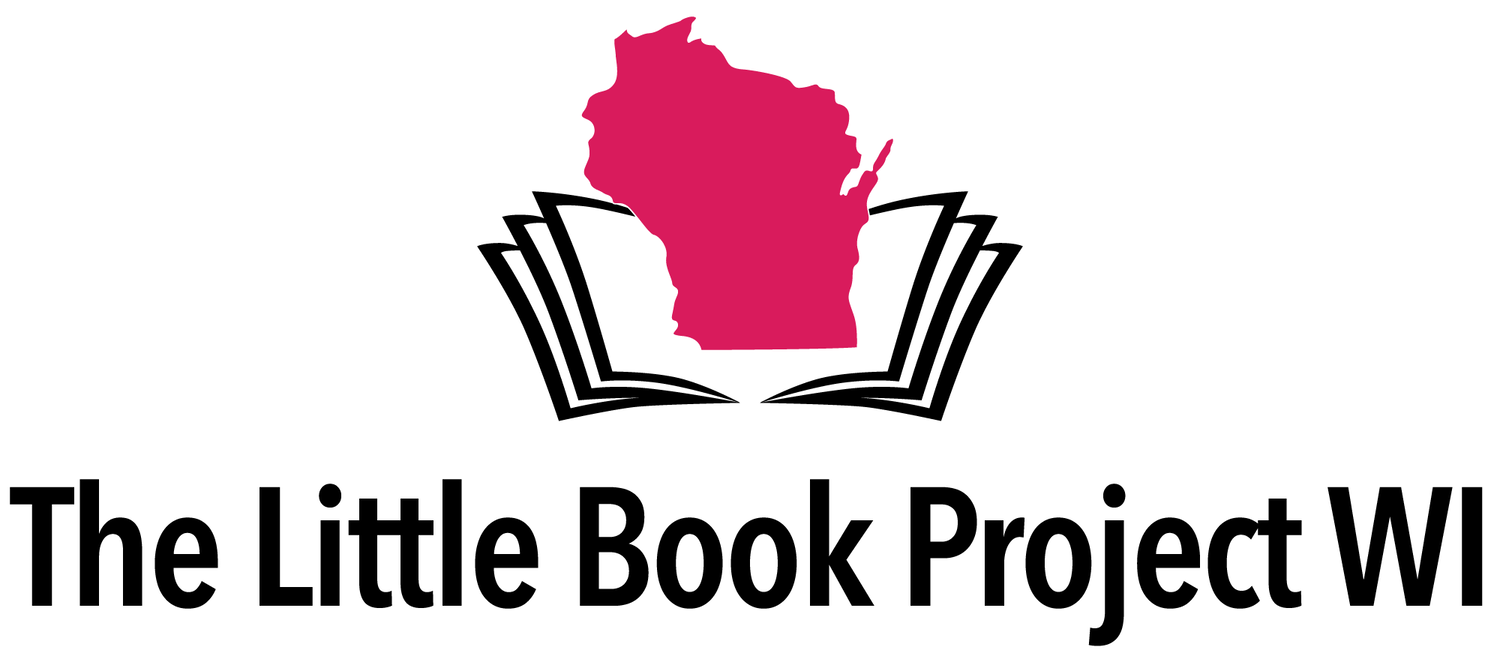Artist Profile: Emily Leach
Emily Leach is an artist based in Madison, WI. Her creative practice and research focuses on blackness, bodies, (re)production, growth and language. She earned a BFA ('19) at the University of Wisconsin-Madison, with a concentration in Glass and Sculpture. Leach has been a semi-finalist for Dane County's Forward Art Prize for visual artists in 2019 and 2020. Currently, she is the Assistant Director of GEEX (the Glass Education Exchange.)
1) How did the events of 2020 impact your creative process?
I consider absences in my work, specifically concentrating on how those absences are exacerbated by various technologies, like medicine and pathology, especially in the ongoing climate of antiblackness.
I was halfway through a residency in March when the Covid-19 pandemic reached a tipping point in the US. I shipped all of my research materials back home, and anxiously waited for the next few months for them to come back. (Everything’s back in it’s rightful place for the moment.)
The reclamation of public space and the ongoing police abolition movement, both accelerated by the summer of 2020’s protests against white supremacist terror and premature Black death, emphasized the urgent need for expansive and collective imaginations.
In August, I had one of the first exhibitions at Arts + Literature Laboratory’s beautiful new location in Madison, Wisconsin. Reminder is an examination of landscapes during the period of the so-called Spanish flu. I began developing this project after returning from the March residency. In designing the show, I needed to reconsider how to create immersive installations while staying compliant with social distancing protocols. The show consisted of large-scale projections, visible through the street-facing windows after sunset, using homemade projectors and magic lantern slides collected on eBay.
Last year repeatedly intersected with the concerns of my practice. I feel more clarity, more urgency, and am determined to continue building. That said: I have been, and I am currently, very tired. I needed to habitually prioritize care (for myself and others) over “productivity” in 2020. Care is a necessary foundation for many things, but last year recentered it as the primary force in my process.
2) What "artistic collaboration" mean to you?
Currently I’m working alongside Madison-based artists and educators Helen Lee and Ben Orozco at GEEX, which is a new non-profit focused on connecting communities and sharing educational materials in the collective field of glass. It’s given me the chance to connect with artists, educators and learners in a period that has otherwise been so marked by isolation. More than that, it’s given me the chance to facilitate opportunities for dialogue and connection for others.
In artistic collaborations, I’m excited and grateful to create something exceeding whatever’s possible when working in isolation. Collaborations are a shared responsibility. While everyone involved is accountable, collaborations also require care for each other’s well-being. Speaking for myself, working in isolation often leads to burnout. Sharing the workload, and communicating, eases that weight of self-doubt, exhaustion and cynicism.
3) Any artwork or projects you are looking forward to pursuing (or finishing) in 2021?
I’m looking forward to continuing the work I anticipated developing during my 2020 residency program. In part, I’ve been interested in the history of optics.
To get the ball rolling, I’m hoping to start meetings this month for a reading club on Catherine Wilson’s "The Invisible World: Early Modern Philosophy and the Invention of the Microscope". It's a small group of readers, including me; my partner, a physicist with a background in the philosophy of science; and my friend, a veterinary pathologist and molecular biologist. I’m not tied to any specific outcomes yet; just looking forward to the conversations to follow. (Plus: I need to add a degree of social pressure so that I’ll actually read this book. It’s pretty dense.)
I’m also planning to expand on the magic lantern series. My collection of lantern slides has been steadily growing, and there’s a lot more I’d like to share. In approaching the next iteration, I’ve been ruminating on Simone Browne’s “Dark Matters,” Ruha Benjamin’s “Race After Technology,” and Dorothy Robert’s “Fatal Invention.”
4) Fave exhibition by another artist that you've recently encountered?
I’ve been thinking a lot about Kang Seung Lee and Beatriz Cortez’s exhibition, “Becoming Atmosphere,” currently at the 18th Street Arts Center in Santa Monica, California. As part of the Day With(out) Art, the Chazen Museum hosted a virtual artist talk with Kang Seung Lee followed by a conversation between Lee and Professor Jill H. Casid. (*Just to note: I was so grateful for the abundance of excellent online programs and exhibitions last year.)
Lee’s work focuses on forgotten or ungrieved death. Lee recreates imagery and photographs depicting marginalized transnational queer-of-color histories from private and public archives, but effaces the human subject. We’re left with a phantasm blurring the landscape or environment, though small details of their presence emerge: hands; a box of cigarettes; tightly held balloons.
A piece from the show that particularly struck me was Julie Tolentino’s Archive in Dirt (which Lee also renders in portrait): a living cactus plant that had been propagated from a larger plant cared for by Harvey Milk. It’s a vibrant reminder that the human time scale is limited in scope, as well as a substantiation of the impact of collective and ongoing care exceeding the typical “archive”.


